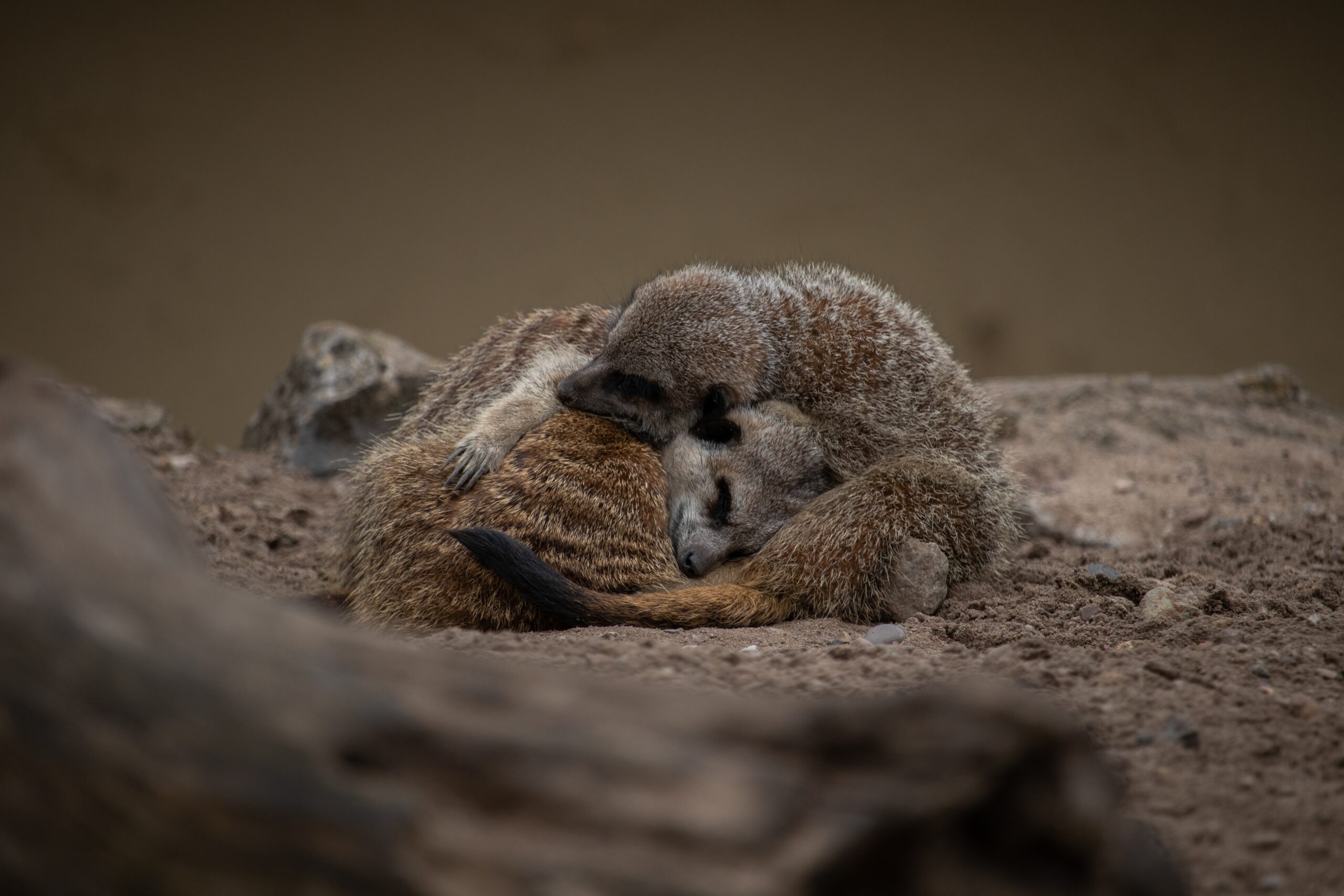While humans have a typical pattern of sleep, the animal kingdom offers a diverse array of sleeping habits that challenge our understanding of rest.
From dolphins that keep one eye open to birds that fly while sleeping, these creatures have adapted unique ways to get their rest. Let’s explore these fascinating adaptations.
1. Dolphins
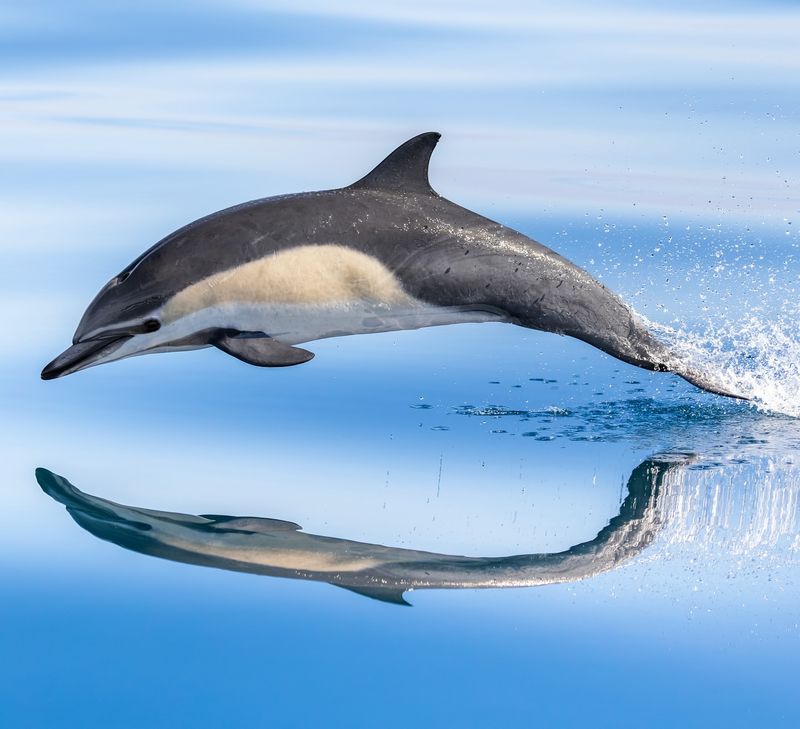
In the vast ocean, dolphins showcase an extraordinary sleep pattern known as unihemispheric slow-wave sleep. This means that one half of their brain stays awake while the other half rests. Such a mechanism allows them to come to the surface for air and remain alert to potential dangers.
Their survival in the ocean depends heavily on this split-brain slumber, as both breathing and vigilance are crucial. While resting, dolphins continue to glide gracefully through water, appearing fully awake to the untrained eye.
This unique adaptation ensures they stay safe from predators and maintain necessary bodily functions. It’s a balance between rest and readiness, allowing dolphins to thrive in their aquatic environment.
2. Albatrosses
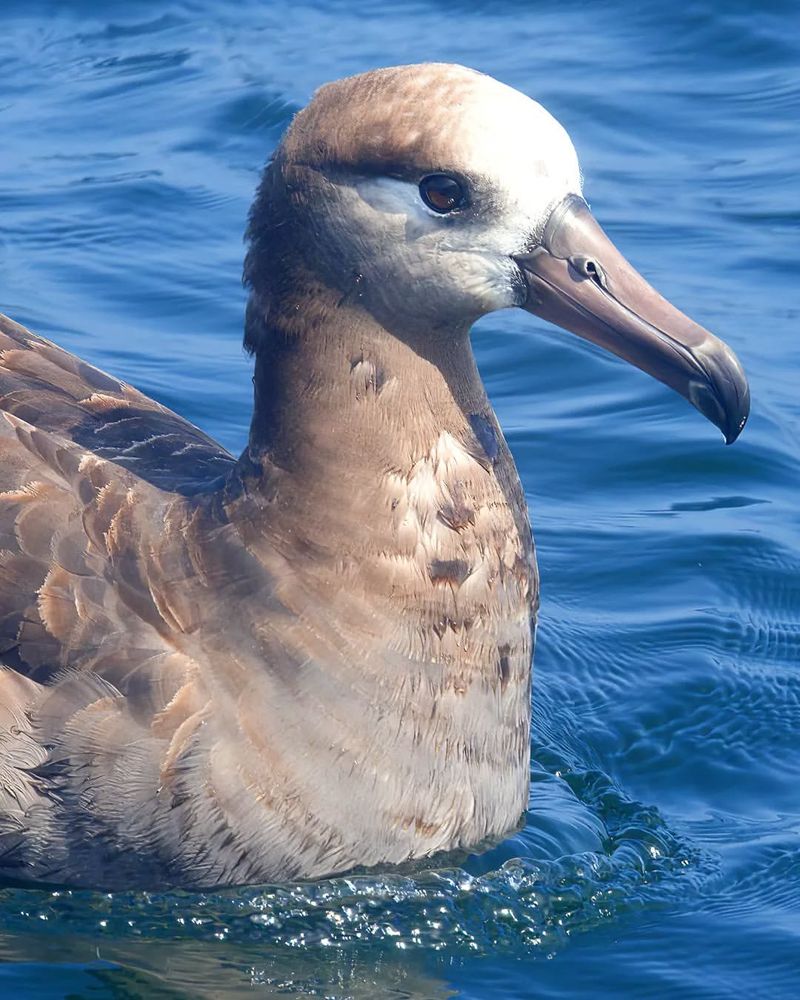
Albatrosses, with their remarkable wingspans, are known for sleeping while flying. They exhibit a behavior called dynamic soaring, which minimizes energy expenditure as they glide over vast oceanic distances.
This ability to sleep mid-flight is facilitated by a locking mechanism in their wings, allowing them to remain airborne with little effort. It’s during these long journeys that they catch moments of rest, often while navigating the high seas.
Their travels can last for days, and this sleep adaptation plays a critical role in conserving energy. The albatross’s ability to doze while traveling is a testament to nature’s ingenuity, optimizing survival in open waters.
3. Meerkats
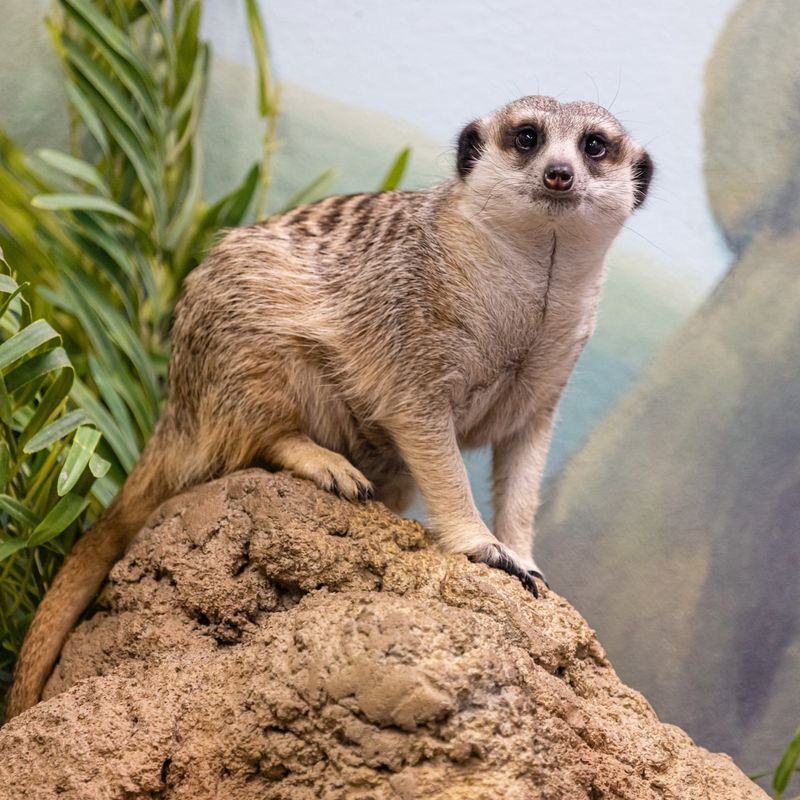
In the arid landscapes where meerkats reside, sleep is a communal activity. These social animals sleep in shifts, ensuring that someone is always on the lookout for predators. Their burrows become a safe haven at night, where they pile up to conserve warmth and protect one another.
This combination of vigilance and rest highlights their cooperative lifestyle. Each member of the group has a role, and the young learn early on about the importance of taking turns. The meerkat’s approach to sleep is an exemplary display of teamwork, ensuring survival in a harsh environment.
4. Bullfrogs
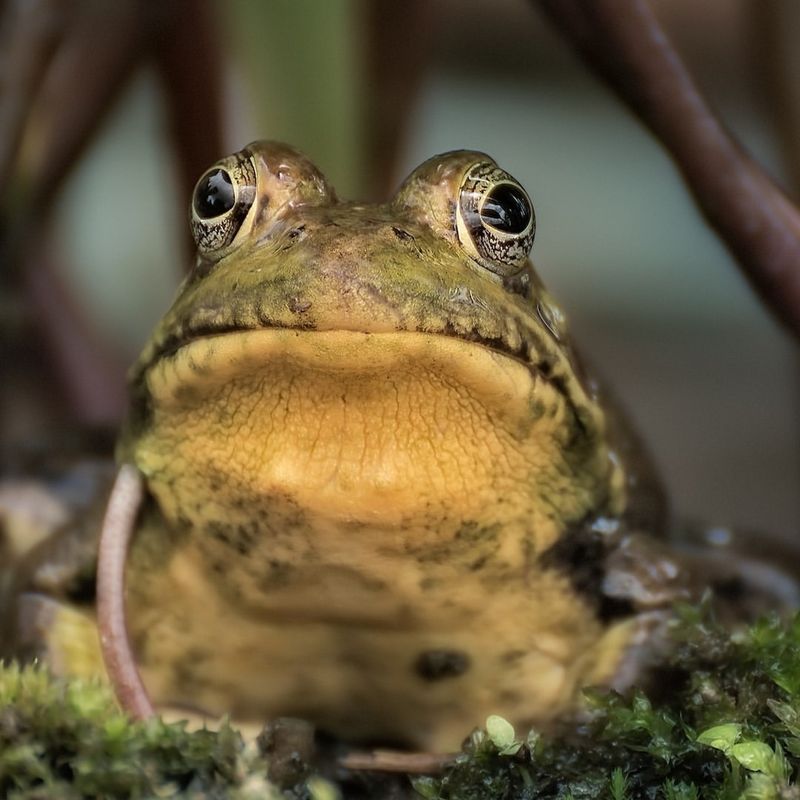
Bullfrogs have baffled scientists with their sleep patterns, or lack thereof. Unlike most animals, bullfrogs exhibit periods of rest but do not enter a true sleep state. Their activity varies throughout the night, often reacting to stimuli when most creatures would be in deep slumber.
This peculiar behavior serves as a survival mechanism in their aquatic habitat. Constantly alert, bullfrogs can respond quickly to both prey and predator. This state of readiness challenges our understanding of sleep, showing that rest can come without complete unconsciousness.
5. Giraffes
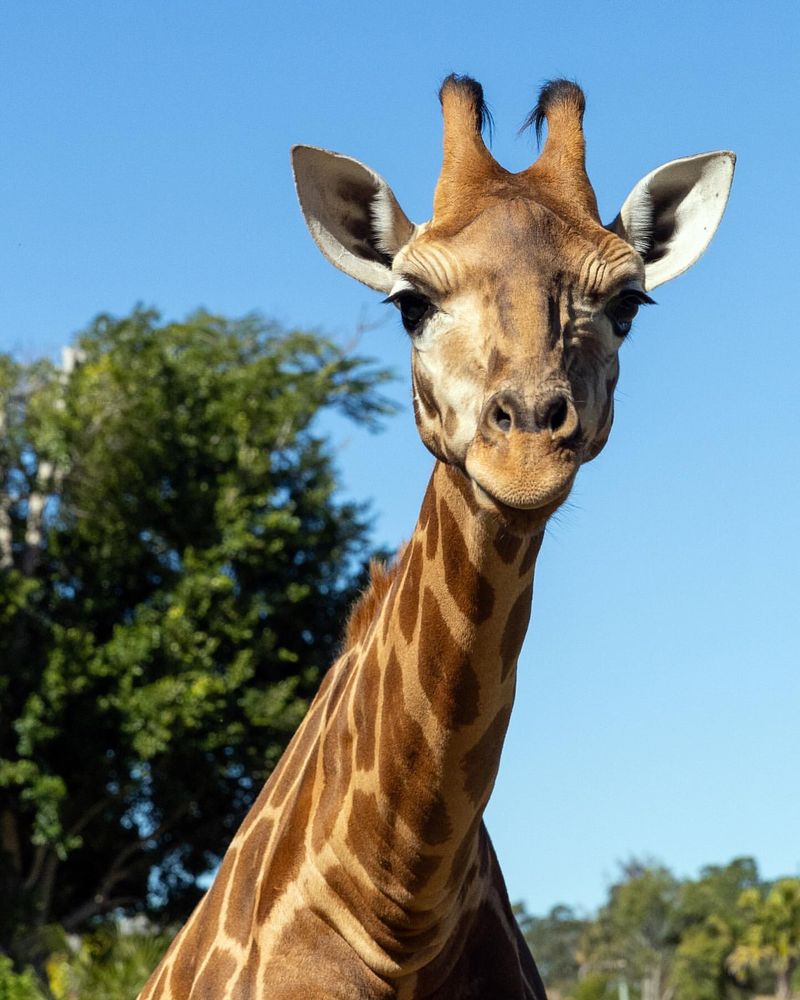
Giraffes are known for their minimal sleep requirements, often sleeping less than five hours a day. Their sleep is mostly broken into short naps while standing up, allowing them to remain vigilant against predators. This pattern of sleep prevents them from being vulnerable for extended periods.
Occasionally, they do lie down for deeper sleep, but this is a rare sight. Their towering height offers a strategic advantage, giving them a longer view of approaching threats. The giraffe’s unique sleep cycle is a remarkable adaptation for survival in the wild.
6. Walruses
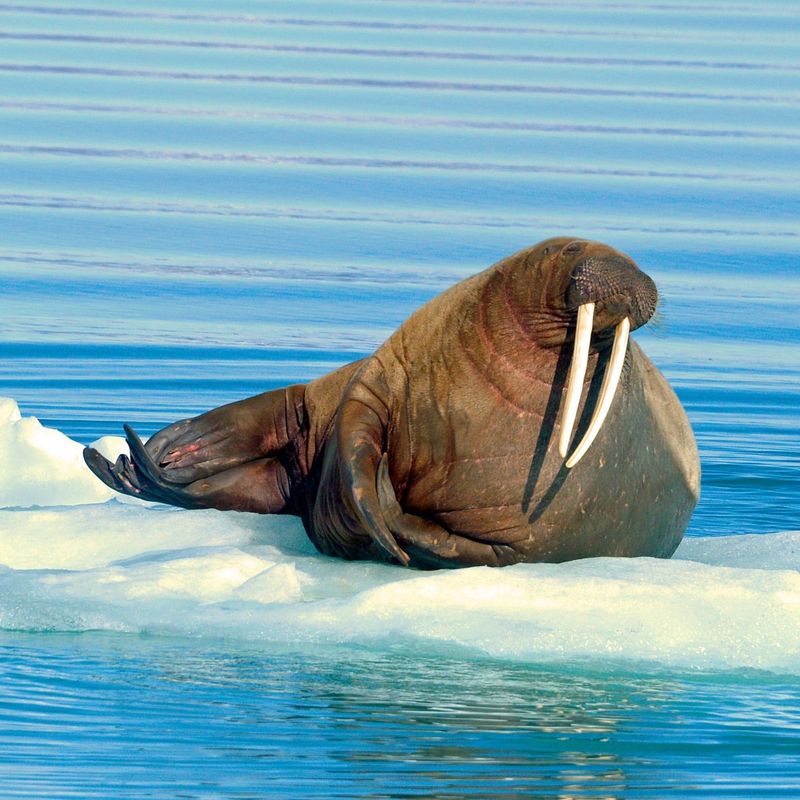
Walruses display an intriguing dual sleeping capability—they can rest on both land and in the water. Their bodies adapt to different environments by slowing their heart rate and floating in the water to conserve energy. They are capable of sleeping for up to 19 hours, switching between land and sea as necessary.
This adaptability is crucial for their survival in the Arctic regions. Their blubber acts as both insulation and flotation aid, allowing walruses to sleep for long periods. It’s a clever strategy for managing their large, energy-demanding bodies in harsh climates.
7. Lions
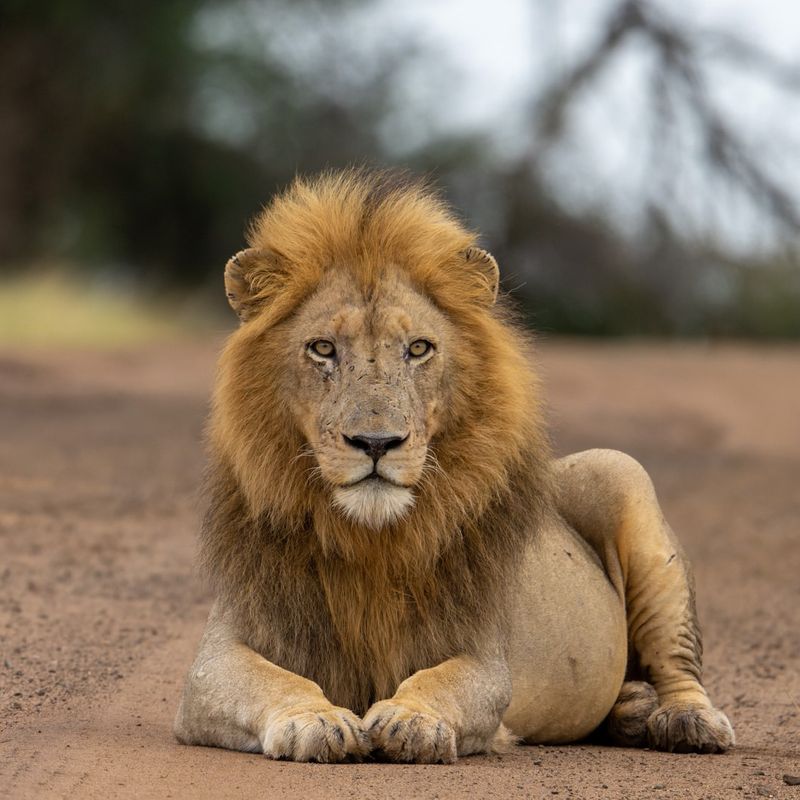
Lions are often dubbed the kings of sleep, as they spend up to 20 hours a day resting. This excessive sleep is crucial for conserving energy for hunting and maintaining their social structure. Within a pride, there are always members on watch, ensuring that the group remains safe from other predators.
Their rest is punctuated by bursts of activity, especially during hunts. This pattern allows lions to sustain their energy-intensive lifestyle. Their massive bodies and predatory habits require significant downtime, which they achieve through communal, strategic napping. They’re some of the most fearsome predators for a reason, proving that a good shut-eye makes us perform our best.
8. Bats
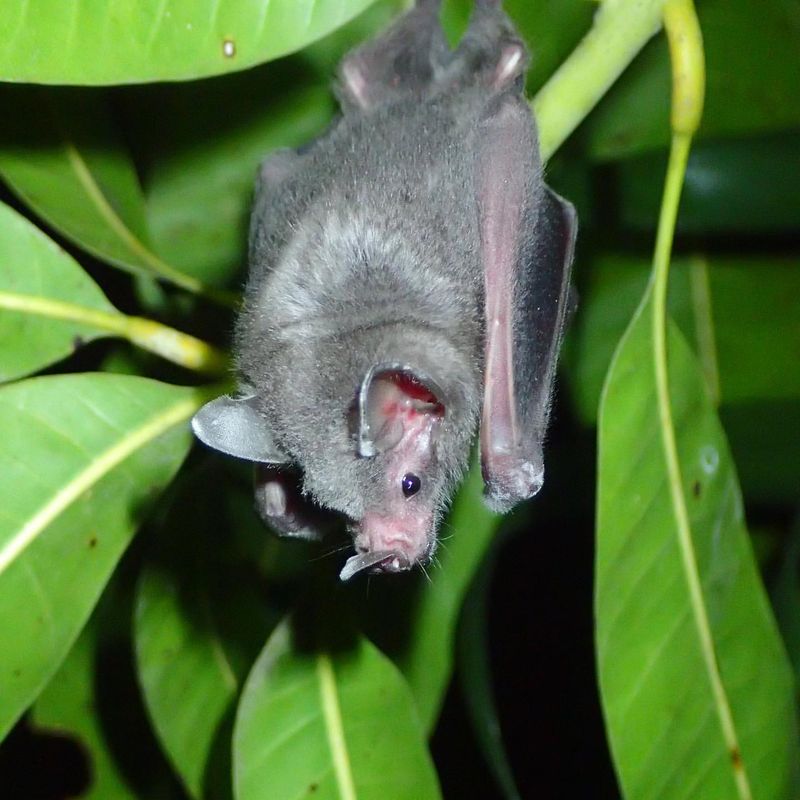
Bats exhibit a distinctive sleep posture by hanging upside down, a position that aids in quick takeoffs. During the day, they rest in dark caves or tree hollows, away from predators. Their sleep is essential for recuperating the energy expended during their nocturnal hunts.
Bats are known to sleep for about 16 hours a day, balancing between rest and nighttime activity. This upside-down slumber ensures they are ready to swoop into action at a moment’s notice. It’s an efficient strategy aligning perfectly with their lifestyle needs.
9. Elephants
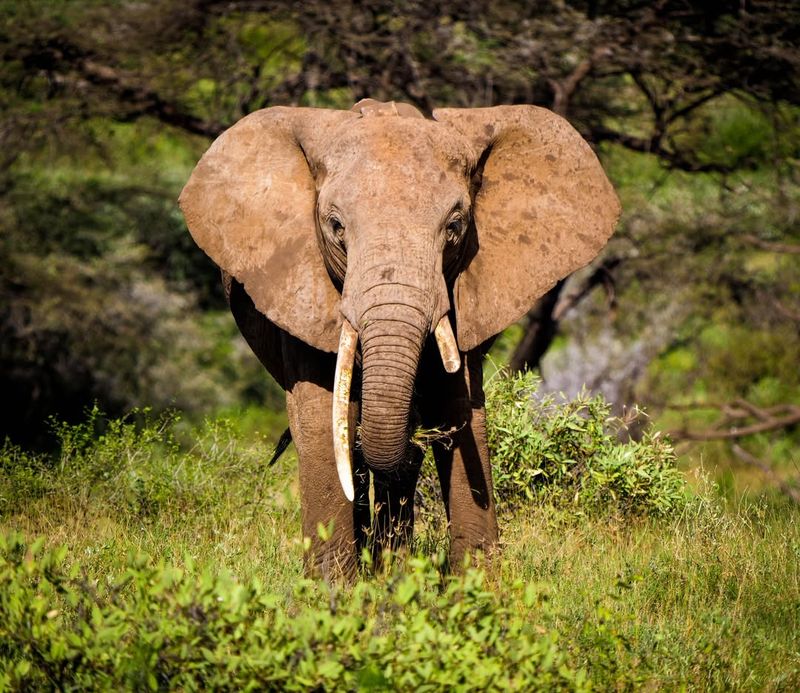
Elephants require surprisingly little sleep, averaging about four to five hours a day. They often sleep standing, which helps them stay ready to move quickly if threatened. Their sleep is usually in brief bouts, and on rare occasions, they will lie down for deeper rest.
Their intelligence is thought to play a role in their unique sleep needs, balancing the demands of their complex social lives and environmental challenges. Elephants’ sleep habits emphasize the importance of adaptability in the wild.
10. Sharks
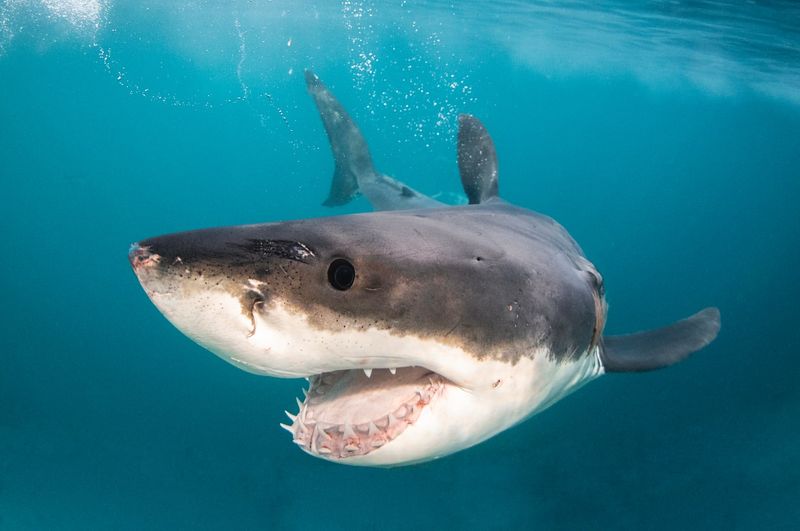
Sharks present another fascinating sleep adaptation—they don’t sleep in a traditional sense. Many species must keep moving to breathe, so they exhibit a form of rest where parts of their brain go dormant while they swim.
This semi-conscious state keeps them alert and allows them to continue their essential life functions. Sharks can navigate the depths while remaining vigilant against threats. Their unique sleep mechanism reflects a balance between rest and survival. It’s a constant state of awareness crucial for thriving in the ocean’s vastness.
11. Horses
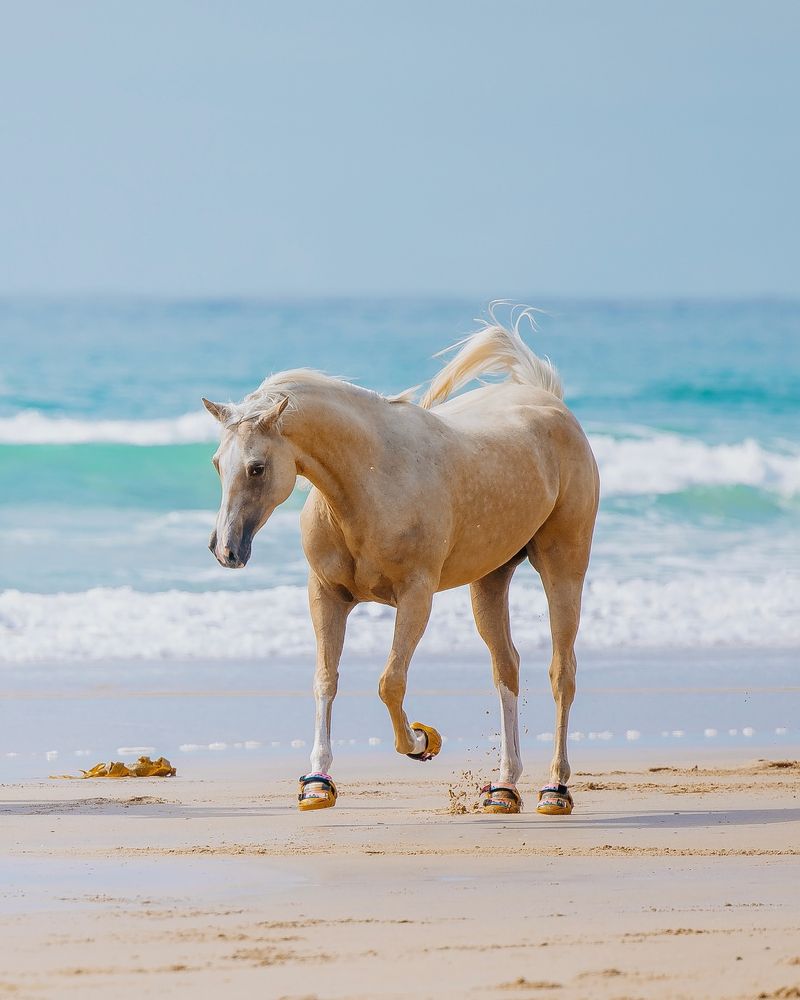
Horses are known to sleep while standing, thanks to a locking mechanism in their legs that prevents them from collapsing. This allows them to take short naps without becoming vulnerable to predators. While they do lie down for deeper sleep, it’s less frequent and usually happens in safe, familiar environments.
Their ability to sleep standing is a key survival trait. This adaptation ensures they can remain alert and ready to move if necessary. The horse’s sleep habits demonstrate an evolutionary balance between rest and readiness.
12. Otters
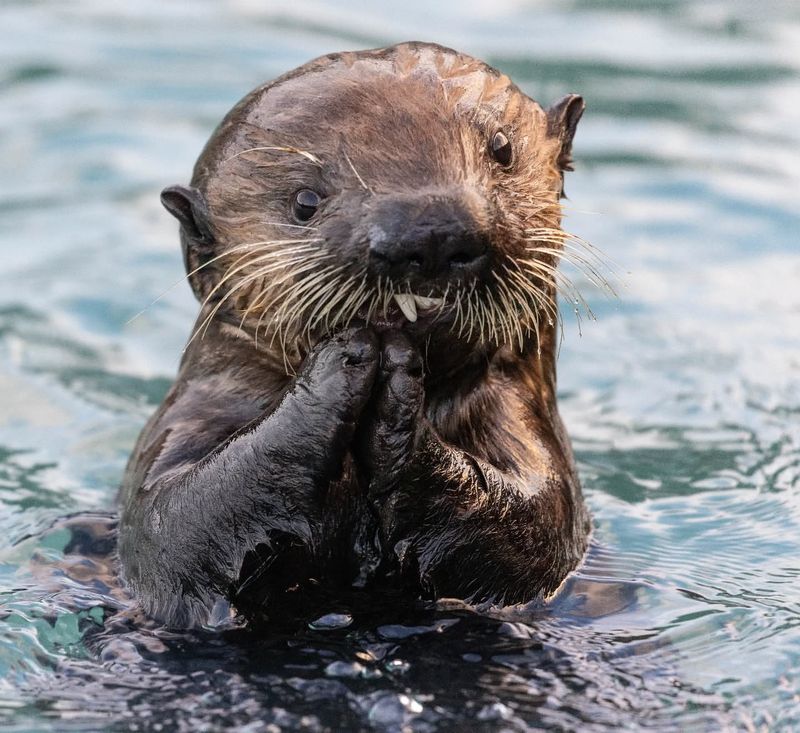
Sea otters have a charming sleep behavior – they hold hands while floating in the water to prevent drifting apart. This social behavior keeps them connected to their group during rest. Their sleep often occurs in kelp forests, where the kelp anchors them in place.
This natural tethering ensures they don’t drift away in currents while asleep. By linking together, otters create a floating community, enhancing their safety and security. Their unique sleep strategy highlights the importance of social bonds and environmental awareness.

